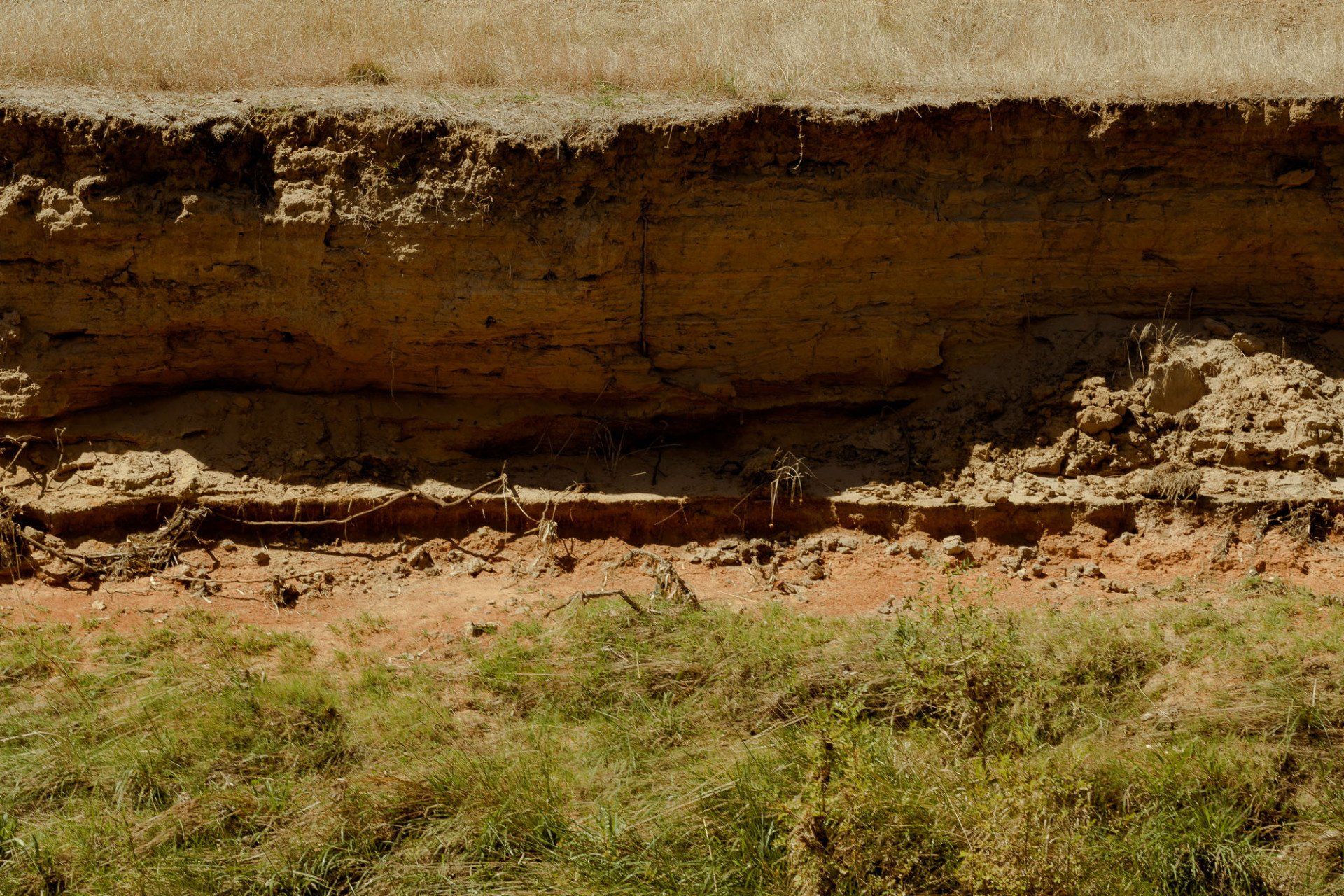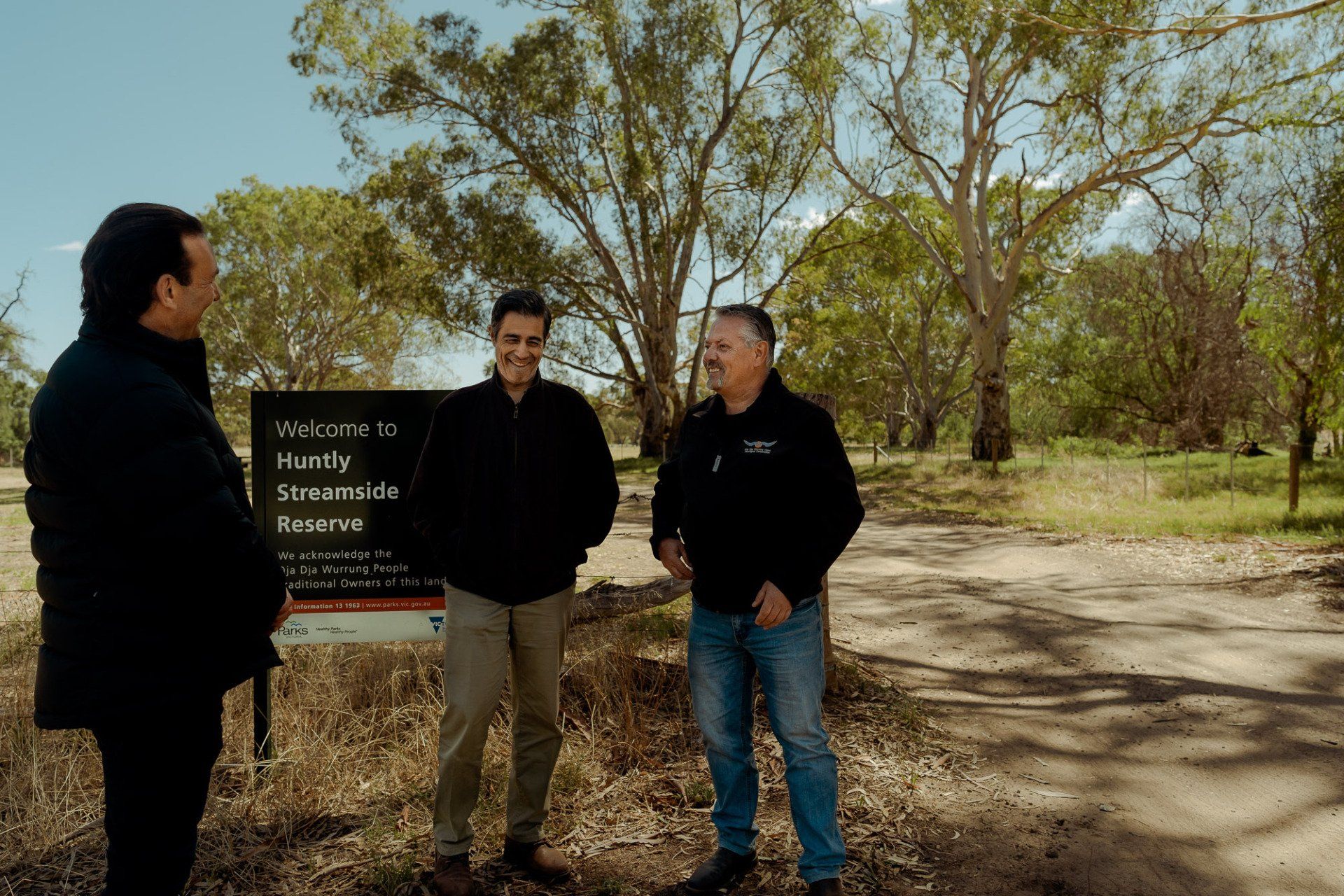P: +61 3 9867 6590
E: info@huntlycommon.com.au
On 18 March 2020, the Minister for Planning officially accepted Huntly Common’s referral for an Environmental Effects Statement (EES), regarding its Bendigo Creek Reclamation and Rehabilitation Project.
The reasons behind the Minister’s decision were based on the effects that the project could have on the environment, in particular: native vegetation and associated biodiversity values; surface water and groundwater and protected beneficial uses; existing land uses, traffic, amenity and landscape values of the project area and those associated with the broader area; and Aboriginal cultural heritage values.
The EES will help to ensure that these potential environmental issues, as well as other public and stakeholder interests, will be independently considered at all times, across the duration of the project.
The Huntly Common team is now compiling the EES document, which they aim to lodge with the Minister’s office by July this year.
“We are deeply passionate about the restorative side of this project, and much of our focus will remain on this,” said Huntly Common’s Dr Kapil Talwar, Director of Strategy & Environment.
“We are working to ensure that any potential significant environmental effects can be avoided/minimised to acceptable levels, and are confident that our EES will not just transparently adhere to government requirements, but also that the project will in fact enrich the ecology and public amenity immeasurably. Also, we will continue to engage with key stakeholders – the Dja Dja Wurrung People, the council, the community, and many more – to ensure that the project’s shared benefits are realised by all.”
It is hoped that the EES will be accepted by the end of this year, with aims to commence the project in early 2022.
More News



